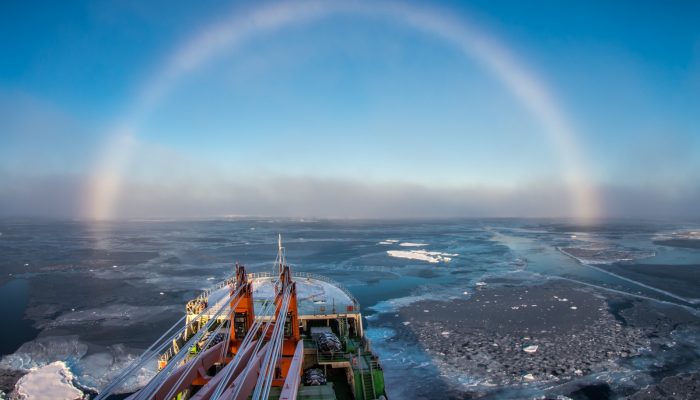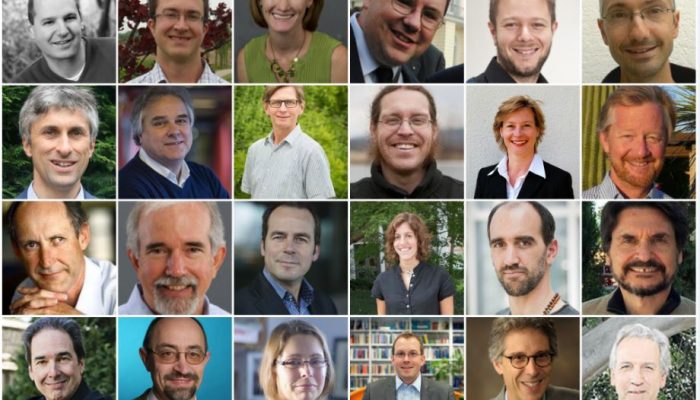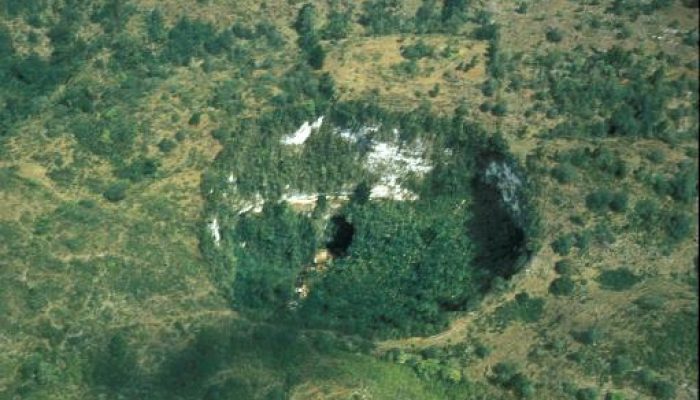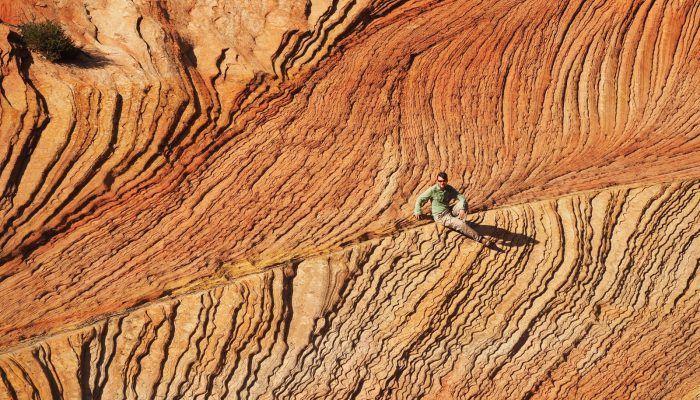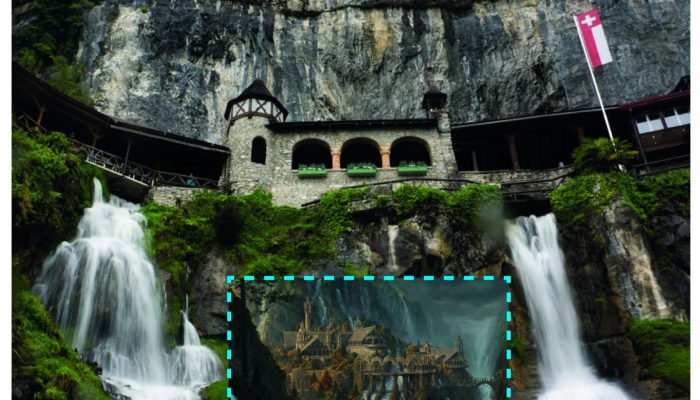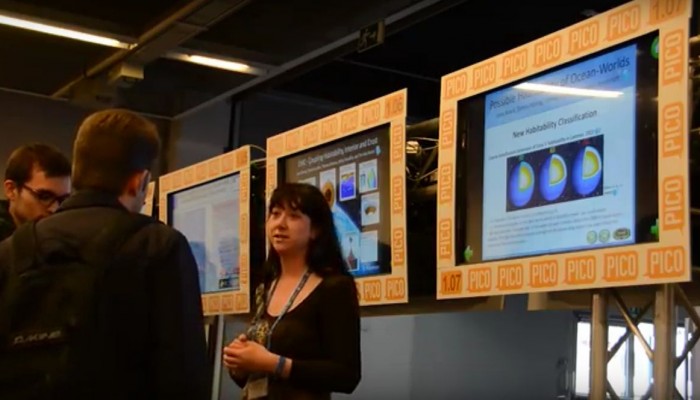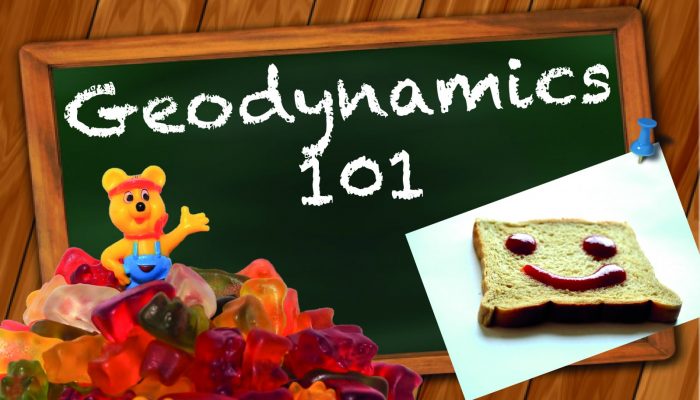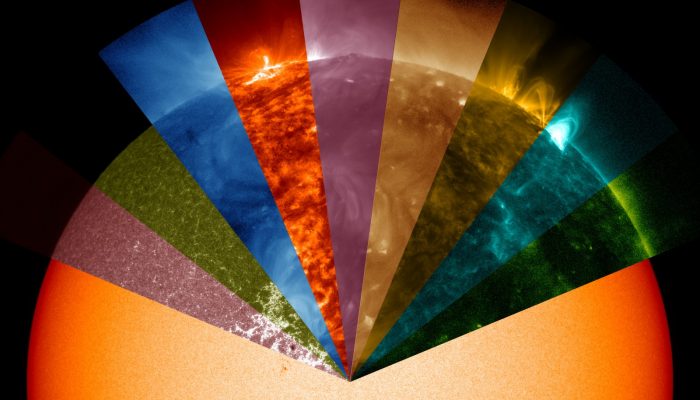Shipping goods across the oceans is cost-effective and super-efficient; that’s why over 80% of world trade is carried by sea (according to the International Maritime Organisation). But the shipping industry also contributes significant amounts of air pollutants to marine and coastal environments. A new study, published in the EGU’s open access journal Earth System Dynamics, reports on concentratio ...[Read More]
WaterUnderground
Community advice to young hydrologists, Part 1
We at Water Underground loved reading Young Hydrologic Society’s post titled “Community advice to young hydrologists” – an advice column written by a network of established scientists in the field. We appreciated the column so much, in fact, that we have decided to re-blog the post to you (with YHS’s consent, of course). We’ve split up their post by question, and have added in hyperlinks to all co ...[Read More]
Geology for Global Development
Heather Britton: Sinkhole Occurrence and Mitigation
Sinkholes are often overlooked geohazards which, although far less destructive in the short-term than earthquakes and landslides, can be catastrophic to life and severely impact the built environment. This post will explore how these features form and the strategies that have been adopted to predict their appearance. It will also consider how urbanisation in karstic areas is accelerating sinkhole ...[Read More]
GeoLog
Five top tips to apply for small grants
Stephanie Zihms, the ECS Representative for the EMRP Division (and incoming Union Level Representative) has applied for a range of small scale grants (<£15,000, ca. 16,965€). At this year’s General Assembly, she was one of two speakers at the ‘How to write a research grant’ short course, where she shared insights from her successes and failures. In today’s post she tells us about the top five ...[Read More]
GeoLog
Imaggeo on Mondays: Of ancient winds and sands
Snippets of our planet’s ancient past are frozen in rocks around the world. By studying the information locked in formations across the globe, geoscientist unpick the history of Earth. Though the layers in today’s featured image may seem abstract to the untrained eye, Elizaveta Kovaleva (a researcher at the University of the Free State in South Africa) describes how they reveal the secrets of anci ...[Read More]
WaterUnderground
Of Karst! – short episodes about karst
Post by Andreas Hartmann, Assistant Professor in Hydrological Modeling and Water Resources at the University of Freiburg. __________________________________________________ Episode 3 – Learning about karst by … KARST IN THE MOVIES! Before writing about karst hydrology in “Of Karst! Episode 4”, I have been urged to present some more visual information on karst landforms. Of Karst! Episode 1 focuse ...[Read More]
GeoLog
Try something different at EGU 2018– choose a PICO session!
Some of the sessions scheduled for the upcoming EGU General Assembly are PICO only sessions. This means that, rather than being oral or poster format, they involve Presenting Interactive COntent (PICO). The aim of these presentations is to highlight the essence of a particular research area – just enough to get the audience excited about a topic without overloading them with information. What’s gr ...[Read More]
GeoLog
October GeoRoundUp: the best of the Earth sciences from around the web
Display "Following Carbon Dioxide Through the Atmosphere" from YouTube Click here to display content from YouTube. Always display content from YouTube Open "Following Carbon Dioxide Through the Atmosphere" directly Carbon dioxide plays a significant role in trapping heat in Earth’s atmosphere. The gas is released from human activities like burning fossil fuels, and the co ...[Read More]
Geodynamics
The jelly sandwich lithosphere: elastic bread, the jelly, and gummy bears
The Geodynamics 101 series serves to showcase the diversity of research topics and methods in the geodynamics community in an understandable manner. We welcome all researchers – PhD students to Professors – to introduce their area of expertise in a lighthearted, entertaining manner and touch upon some of the outstanding questions and problems related to their fields. This month Vojtěch Patočka fro ...[Read More]
Solar-Terrestrial Sciences
Eyes on the Sun
The Sun is a complex, dynamic ball of plasma which influences our lives. Studying the Sun is challenging because each of its layers have different composition, physics and wavelengths of emssion. Moving outwards from the photosphere (visible surface of the Sun), we have the chromosphere and the corona (hottest outermost layer). The solar plasma is in constant motion much like fiercely boiling wate ...[Read More]

